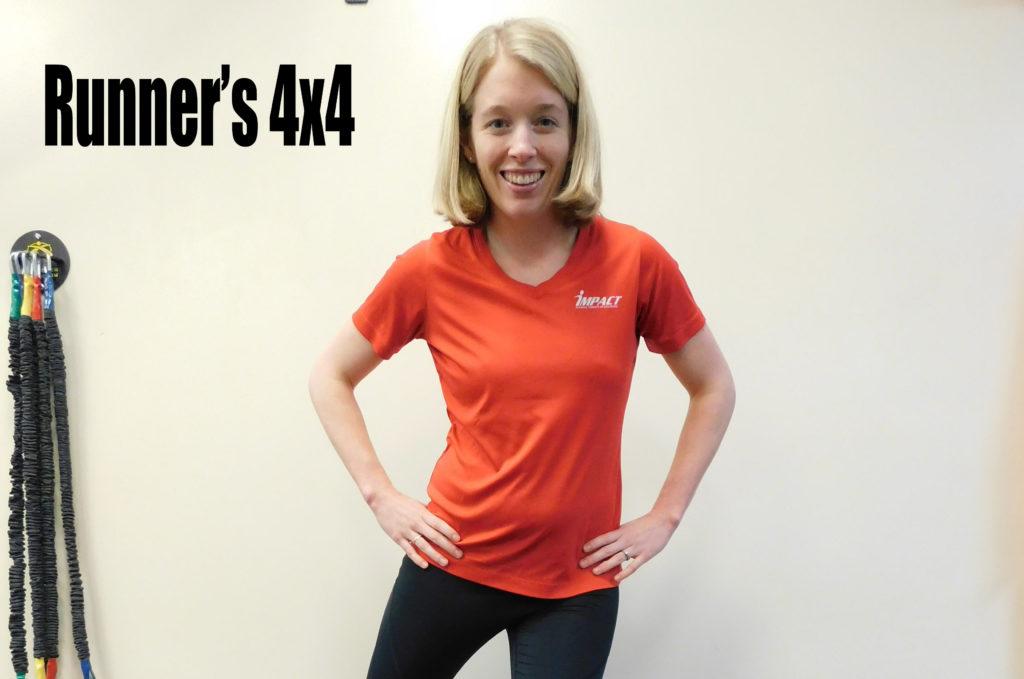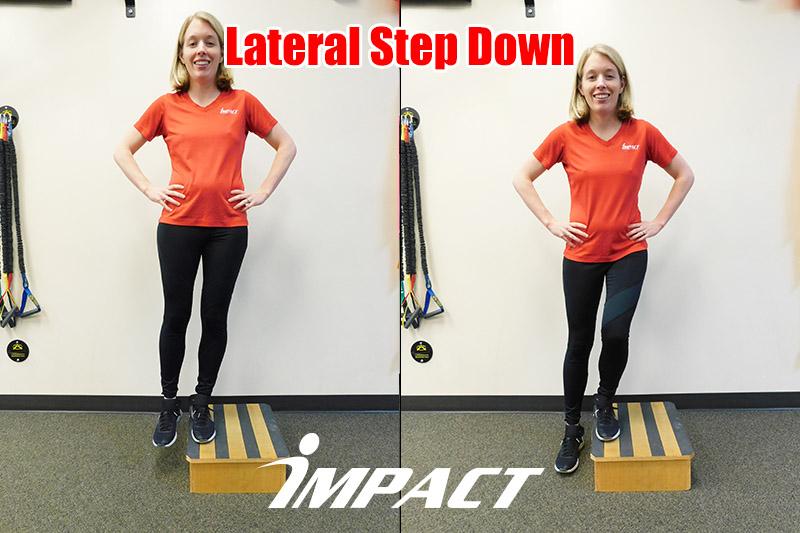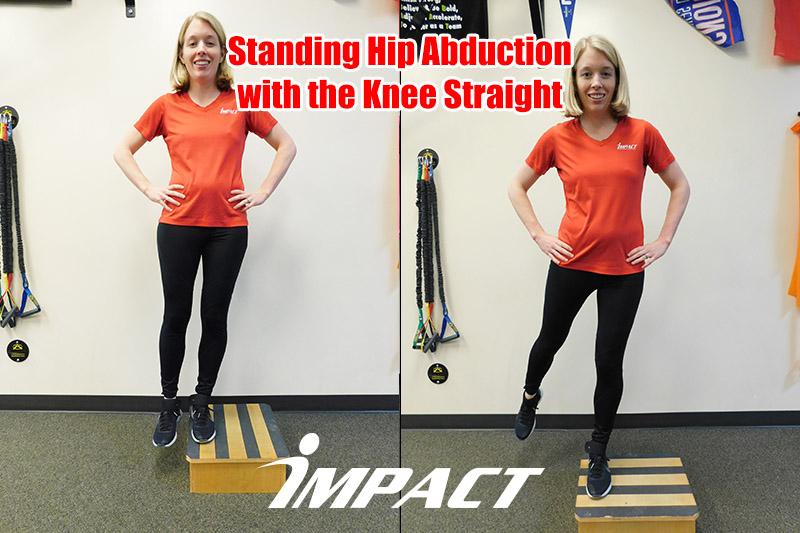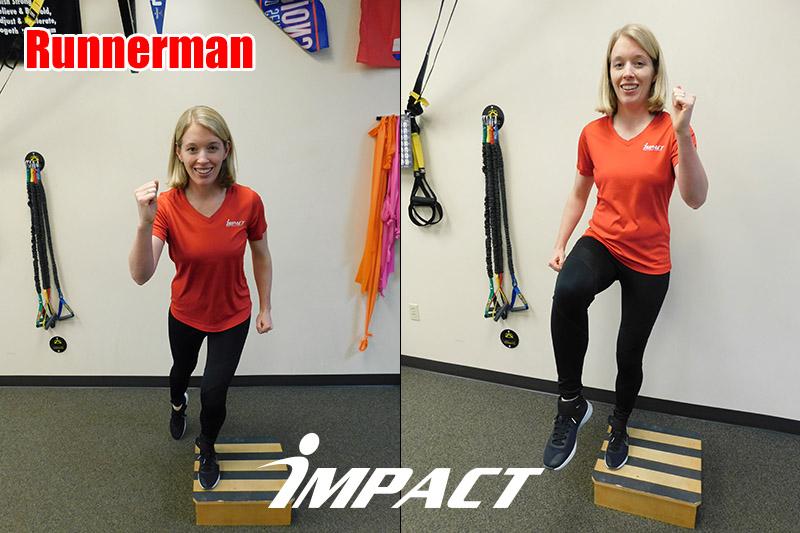Myth: Runners don’t need to Strength Train.
Fact: Strength Training is an Important Part of Training for Long Distance Runners
There is research to suggest that strength training in runners can provide many benefits despite many myths about strength training when you are trying to increase your mileage or improve your pace.
Benefits to Strength Training in Runners

1. Improve the efficiency of your running pattern/gait
Your gait consists of components such as the runner’s thoracic range of motion, step rate, how your foot lands on the ground, the amount of time it takes for the foot to contact and leave a surface, and if the feet crossover while running. You might want to consider getting your gait analyzed so you have a starting point and can develop an individualized plan of action for correcting your gait, form and/or musculoskeletal weaknesses. You can read more about pattern and gait here. When you improve your gait all the other pieces of the puzzle start falling into place.
2. Improves your maximum speed
Several components go into improving your speed. Setting up a strength training plan for yourself with a focus on improving not just your main running muscles (quads, hip flexors, hamstrings, glutes and calf muscles) but also your supporting muscles will help to correct your running pattern/gait while also increasing your speed. Building strength and power into these key muscle areas will allow your body to work harder while expending less energy. Don’t forget about your core and upper body when you are strength training. These areas of the body help with balance and keeping the body in alignment. The bottom line here is that you will be able to run faster and longer when you are consistent and intentional with your strength training plan.
3. Delays the onset of fatigue
Let’s face it, we all know that when you are consistent with your exercise, your body gets stronger and adapts to your new level of fitness. When we build muscles in our body we use less energy to do the same tasks as we did when we started. Endurance can be built by not just putting miles on our feet, but also with a comprehensive strength training plan. You will be able to run longer and faster and delay or eliminate hitting the wall when your training and fuel plans are on point.
4. Prevent running-related injuries
Running happens in one plane of movement. When our bodies get tired our form starts to slip. When our form slips the supporting muscles and connective tissues try to compensate for your main running muscles. Strength training not only helps to build those main muscle groups so you can increase your power and endurance but also strengthens those supporting muscles and tissues so they aren’t as prone to injury.
Myths
Myth: Strength training causes increased muscle bulk when focusing on muscle endurance.
There are many ways to strength train in the gym. One of those ways is to build bulk and to become bigger. That also requires bulking up on your diet and heavier and heavier weights. There is nothing wrong with that, but just be aware that this is not the strength training we are referring to. We are talking about building muscle, yes, but more importantly, building strength in the muscle while also toning it and becoming leaner.
Myth: Strength training reduces your muscles’ aerobic capacity or density of capillaries which help you run farther.
For more information, you can read this review from the Scandanavian Journal of Medicine and Science in Sports. It specifically states, “Concurrent endurance and heavy strength training can increase running speed and power output at VO2max (Vmax and Wmax, respectively) or time to exhaustion at Vmax and Wmax.” Basically, strength training will increase your endurance and delay fatigue.
Let’s get started.
In terms of our FITT recommendations:
- Frequency: start at 2-3 times per week for a total of 6-14 weeks to achieve best results
- Intensity: start at 5-7/10 (moderately difficulty) on a Rating of Perceived Exertion scale (0 = not hard at all, 10 = extremely hard)
- Type: focus on using free weights as well as machines. Select exercises that mimic the running pattern, require you to use multiple joints (hip, knee, and ankle), and have you in a weight-bearing position.
- Time: 8-12 reps for 3 sets per session after a proper general and dynamic warm-up.
Below you will find our “Runner’s 4 x 4”. These exercises are performed on a 6-inch high step and occur for 3 sets of 8-12 reps. They include the lateral step down, standing hip abduction with the knee straight, standing hip abduction with the knee flexed, and runnerman. For more information on getting your gait analyzed, creating an individual strength training plan, or race training plan for upcoming races please contact us.
Lateral Step Down

Standing Hip Abduction With The Knee Straight

Standing Hip Abduction With The Knee Flexed

Runnerman

2020 Race Season
We are looking to kick off our race season this year at the Portland Shamrock Run. Check out when it is, and registrations information.

